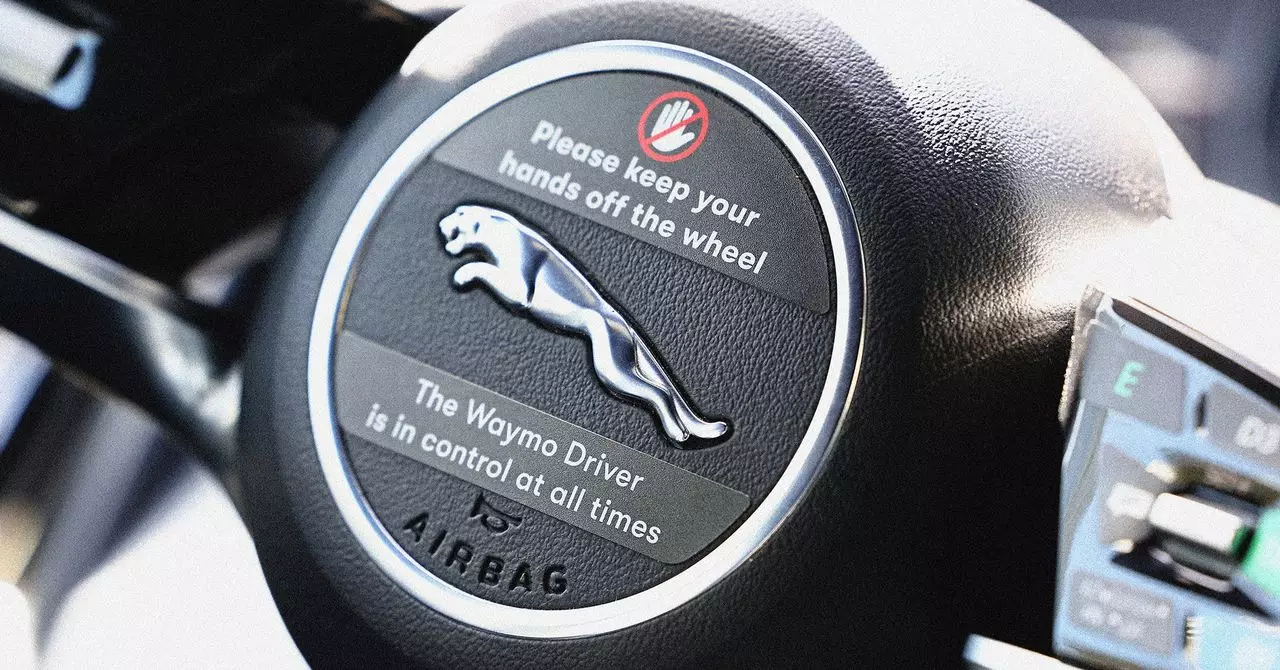In an era where mobility is the backbone of personal development and independence, the integration of autonomous vehicles into everyday life marks a transformative milestone—particularly for teenagers. Waymo’s bold move to permit 14- to 17-year-olds to summon their own rides in Arizona represents more than just a technological breakthrough; it signifies a shift in societal structures that could profoundly impact youth autonomy and parental oversight. This initiative isn’t merely about convenience; it’s about reimagining what it means to be a young person in a world increasingly driven by smart technology, safety concerns, and evolving social expectations.
The promise inherent in this development is enormous. For teenagers deprived of licensed driving privileges—whether due to age, skill, or personal choice—Waymo’s self-driving taxis could unlock new realms of freedom. Restricted by the traditional transportation system, many young individuals face hurdles that limit their social participation, educational opportunities, and access to essential activities. By offering a driverless alternative, Waymo provides a pathway toward greater self-sufficiency and broadened horizons for the youth population.
At the same time, this technological leap challenges existing paradigms of safety, parental control, and societal trust. While some see autonomous cars as a safeguard—reducing human error and fatal accidents—others harbor skepticism, worrying about accountability and cybersecurity risks. Waymo’s approach to this delicate balance appears thoughtful: they incorporate strict policies, continuous monitoring, and real-time support that aim to foster confidence among both parents and teens. Nevertheless, the success of this venture hinges on societal acceptance of autonomous vehicles as a trustworthy and reliable means of youth transportation.
The Psychological and Social Implications of Autonomous Teen Travel
Research into teen psychology and behavior reveals a nuanced picture. In interviews conducted by Waymo, teens expressed a certain level of anxiety—not about the vehicles themselves, but about their broader circumstances. Compared to their parents’ experiences, modern teens are highly connected yet constrained. They are under constant surveillance through location-tracking apps like Life360, and their social interactions are often limited by adult schedules and safety concerns.
This pervasive oversight has cultivated a generation that craves autonomy but simultaneously fears the risks involved. Their reluctance to engage with strangers or take the wheel reflects a cautious attitude—an understandable response to growing safety awareness but also one that potentially stifles independence. Autonomous vehicles could counterbalance these limitations, offering a middle ground that provides freedom without exposing teens to the traditional dangers of driving.
However, critical questions remain: will reliance on robot taxis foster genuine independence or merely replace one form of supervision with another? Will the convenience of automated rides diminish opportunities for responsible skill development or social learning? These are vital considerations that deserve attention as the technology infiltrates daily life.
The parental perspective is equally complex. While many parents welcome a safer alternative that reduces their logistical burdens, concerns about losing control over their children’s movements persist. The interplay between safety, autonomy, and trust hinges on transparent policies, consistent performance, and the ability to swiftly address issues—elements that Waymo emphasizes through its support systems and deactivation features.
Shaping Future Transportation Norms and Urban Landscapes
The advent of autonomous rides for teens signals a broader shift in urban mobility and societal expectations. Once confined to adults with licenses, transportation is progressively becoming a service accessible to younger populations, challenging the very infrastructure of car ownership and driving culture. The implications extend beyond individual convenience: cities might see reduced congestion, fewer accidents, and altered traffic patterns as autonomous fleets become more prevalent.
Moreover, these developments could accelerate the decline in teen driving, influencing future vehicle industry trends and policy regulations. If autonomous taxis become the primary mode of transport for youth, there might be less emphasis on traditional driver education, more focus on digital literacy and safety awareness, and a reevaluation of licensing systems altogether.
This transition also raises vital questions about equity and accessibility. Will such services be available to all socio-economic groups, or will they deepen existing disparities in mobility? As with any disruptive technology, thoughtful regulation and inclusive planning will be crucial to ensure that the benefits of autonomous transport reach every corner of society.
In considering the moral and societal weight of integrating teens into this automated mobility ecosystem, it is clear that Waymo’s initiative is pioneering a future where independence is less predicated on age or privilege and more on technological trust and societal values. Whether this shift leads to more responsible, confident young adults or unforeseen risks remains to be seen, but one thing is certain: the roads ahead will be different—and potentially better—thanks to the relentless march of innovation.

